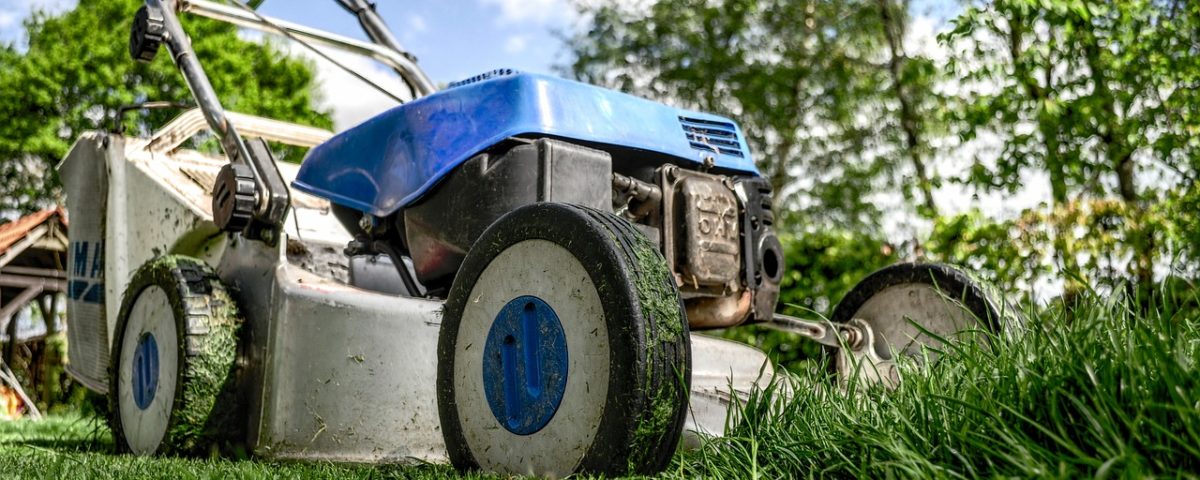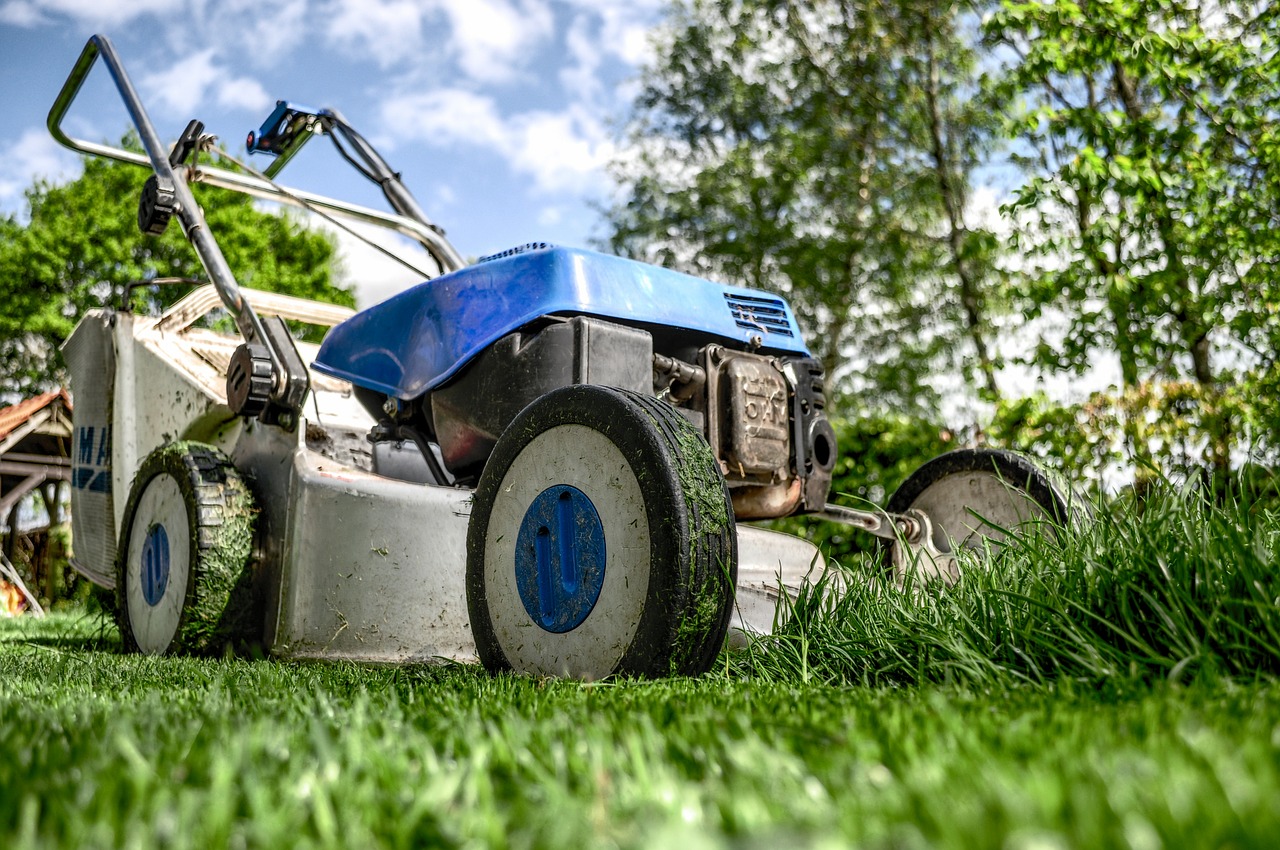
Spring Means Mowing: Lawn Mower Maintenance
As our cold, snowy winter exits, spring is in the air! Yard work, specifically lawn mower maintenance, is part of spring and making sure your lawn mower is ready to go is top of mind!
It is convenient to go to your local Lawn and Garden or Small Engine Garage for a spring tune-up but for those that are curious about DIY-ing your spring lawn mower maintenance, here is what you should be looking at to get your lawn mower ready for the cutting season.
Battery
An important part of the electric start feature of some push mowers and the standard for riding mowers, is the battery. The battery should be inspected and charged prior to being installed back into your mower. If the battery needs to be replaced, bring in the old battery for the core exchange and proper disposal. If your old or new battery needs a charge, make sure you have the proper charger. Most batteries are 12 volt and should be charged with 10 amps or less.
Tires
Typically push mowers have hard wheels and may just need to be snugged back up to prevent wobble and uneven wear. For inflatable tires, do a visual inspection. Good tires have little to no splitting or cracking, a minimum of 3/32 tread and no puncture leaks. Check for proper inflation and add or remove as needed. Information on the proper PSI for the tire is usually on the sidewall of the tire. Typically small garden tires run 18-22 pounds per square inch. Having good tread depth and proper inflation helps with traction and handling and helps prevent lawn damage.

Oil and Oil Filter
Oil is important in cooling and cleaning along with lubricating the internal components of any engine. A seasonal oil change for the small engine on your mower and monitoring the level throughout the year will help with operation and the life of the machine. Refer to the manufacturer’s recommendation for oil type and filter if applicable. The most commonly used is SAE30 (40F to 100F) or 10W30 (0F to 100F) as they work properly in the conditions present with lawn mowing. 5W30 (40F and below) is a good option for the winter use of lawn tractors and snowblower engines.
Blade
A sharp blade produces the best lawn aesthetics and is best for your lawn mower! Dulling blades will tear the grass giving an uneven and brown look and cause unnecessary engine strain. A sharp blade will mulch and discharge properly and leave a beautiful looking lawn. A minimum of one sharpening or replacement per year is recommended (only use the manufacturer blade for safety). When sharpening a blade, consider the balance of the blade as an unbalanced blade will cut improperly and may cause the machine to vibrate or sway. DIY-ers can purchase a blade balance and should make certain to use proper protection and tools. Otherwise, a professional sharpener service is easy to find and has the right tools to sharpen and balance your blade safely.
Fuel System
The spark plug, tank, filter and lines make up the fuel system, and keeping them in good condition helps with efficiency and function of the engine. Gasoline does cause damage to the fuel system and does have an expiration date. This means it should be used regularly to prevent varnishing. Fouled spark plugs won’t spark, clogged filters reduce or stop flow, and dirty or corroded tanks and lines introduce debris, all which can prevent an engine from running properly.
Air
Air is important to internal combustion and reduced air flow or dirty air can decrease efficiency and add strain on the engine. Check to see that the air filter is clean and in good condition seasonally and with each use keep the guard clear of debris.
Lubrication
Moving parts cause wear damage on themselves and should be regularly lubricated. Locate grease fittings on the wheel bearings and blade spindles. Use a grease gun to apply grease until full and remove the excess.
Clean
A top-to-bottom cleaning of the mower looks nice, prevents corrosion, and helps identify issues. Use a simple soap and water combination and rags to wipe down and rinse off with the hose. For the underside of the mower, a good cleaning removes yard debris and helps with a great cut and proper discharging or mulching. Use a putty knife to dig out larger clumps and spray out with a hose.
Now that your mower is ready and on-point, we’re ready for spring. Hopefully Mother Nature agrees!
Sign-Up to be the First to Know about New Posts

